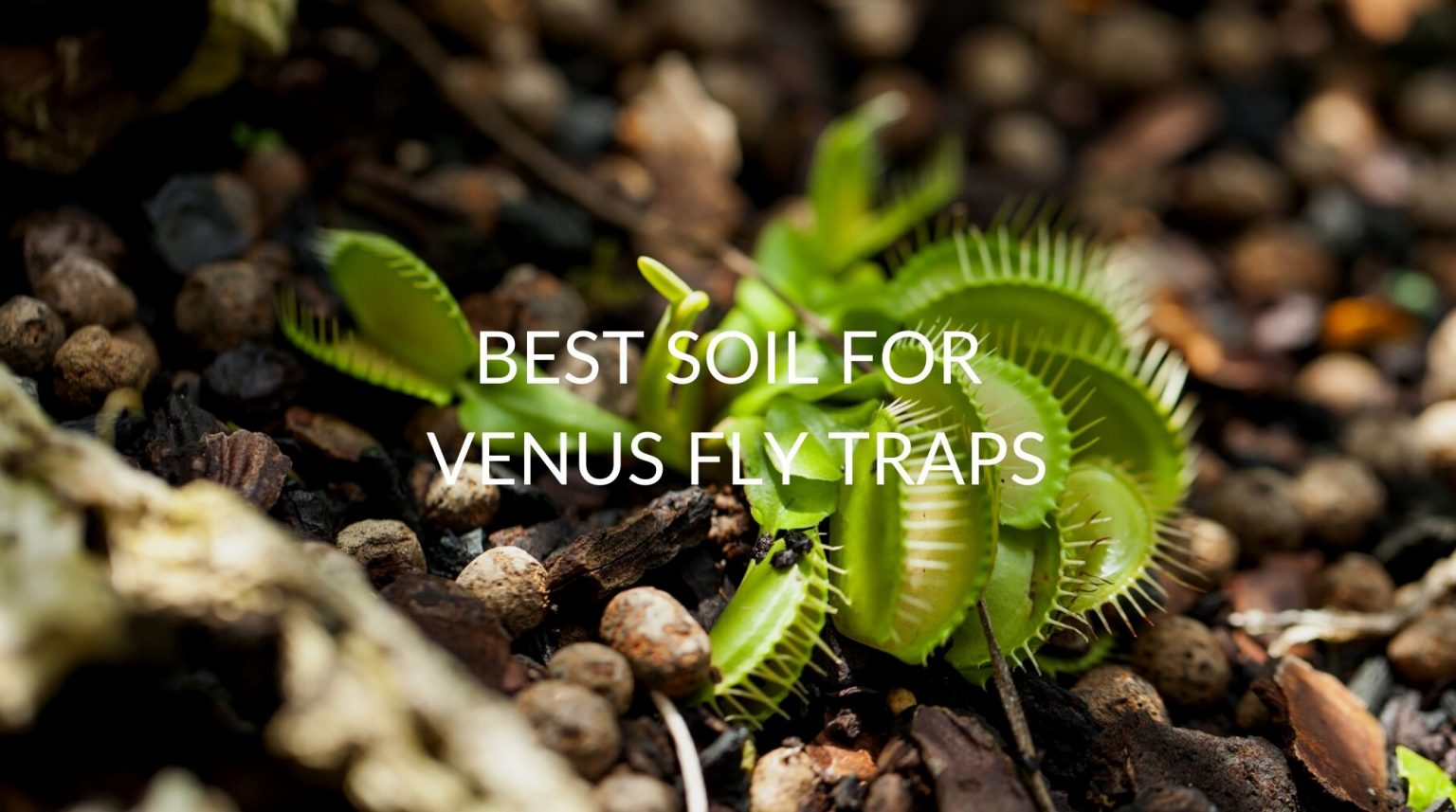The Venus flytrap is one of the most fascinating carnivorous plants, recognized for its unique trapping leaves that snap shut on insect prey Getting the soil right is key to growing healthy flytraps indoors or outside. Venus flytraps have very specific soil needs quite different from typical houseplants
Why Soil Matters
In their natural habitat of boggy areas in North and South Carolina, Venus flytraps grow in nutrient-poor, acidic soils. This allows the plants to get nutrients from trapping and digesting insects rather than relying on the soil. When potted in nutrient-rich soil, flytraps weaken and struggle to survive. Their specialized traps become smaller and weaker when soil provides nutrients.
Additionally, Venus flytraps require a well-aerated, moisture-retentive soil that drains well. Their roots easily rot in compact, soggy soil lacking oxygen. A lightweight, fluffy soil medium works best to prevent suffocation and root rot.
Best Soil Components for Venus Flytraps
To meet the needs of Venus flytraps, an ideal potting mix contains
-
Sphagnum peat moss – Provides moisture-retention without compaction. Look for nutrient-free peat.
-
Perlite or sand – Lightens the peat and improves drainage to prevent soggy soil. Be sure perlite is fertilizer-free
-
Long-fiber sphagnum moss – Alternative to peat that offers great aeration and moisture capacity. Just avoid moss with added fertilizers.
-
Vermiculite – Helps aerate the soil. Get medium grade, not fine powdery vermiculite.
Avoid potting soils with added fertilizers or nutrients, even organic blends. Also do not use garden soil which is too dense and nutrient-rich for flytraps. Miracle-Gro peat and other enriched potting mixes will harm Venus flytraps.
Recommended Venus Flytrap Soil Mix Recipes
Some suitable soil recipes include:
- Equal parts sphagnum peat moss and perlite or coarse sand
- Equal parts peat and vermiculite
- 60% peat moss, 40% perlite/sand
or
- 60% long-fiber sphagnum moss, 40% perlite
Mixing 50% to 60% peat or moss with 40% to 50% perlite and/or horticultural sand makes a great starting point. Adjust ratios to tune moisture retention and airflow as needed.
For seeds, a mix of 80% shredded sphagnum moss and 20% perlite or vermiculite works well. Lightly cover seeds with a sprinkling of the soil.
Buying Venus Flytrap Soil
Look for specially prepared carnivorous plant soil mixes from reputable growers and nurseries. These contain suitable peat/moss and perlite/sand combinations tailored for Venus flytraps.
Or purchase ingredients like peat moss and perlite to blend your own mix. Use 100% natural, unenriched components. Mix them together and moisten before potting plants.
Avoid ordinary potting soil, succulent/cactus mixes, compost, or anything with added fertilizers. Stick with basic peat and perlite for happy, healthy flytraps. With the right soil, you can succeed in growing these fascinating insect-eating plants!

Peat Moss Vs Sphagnum Moss: Best Venus Flytrap Soil Mix Substrate – What Is The Difference?
FAQ
What kind of soil to use for Venus flytraps?
What should a Venus flytrap be potted in?
What is the best soil mix for carnivorous plants?
Can I use just peat moss for Venus flytrap?
- The Ultimate Guide to Growing Strawberries in Raised Beds - August 8, 2025
- No-Dig Garden Beds: The Easiest Way to Grow a Beautiful Garden - August 6, 2025
- How to Protect and Preserve Wood for Raised Garden Beds - August 6, 2025
